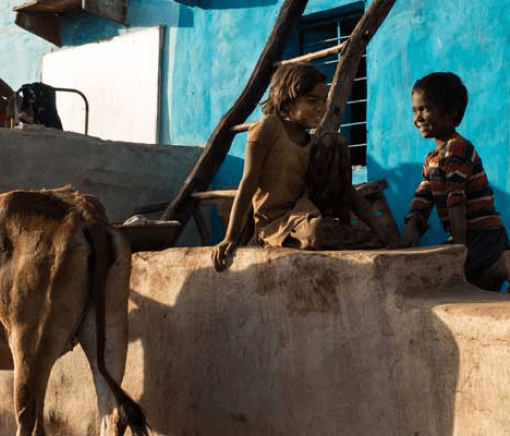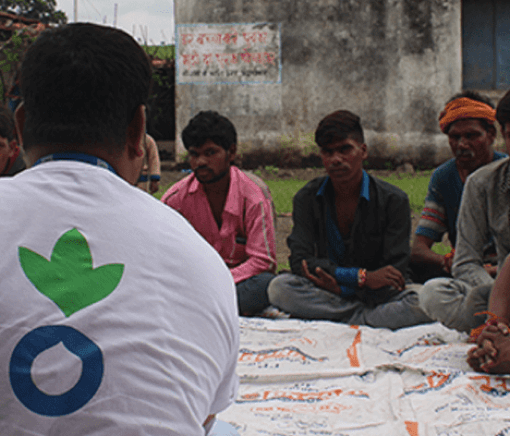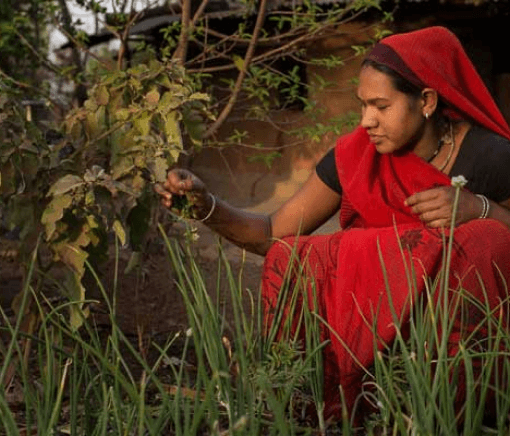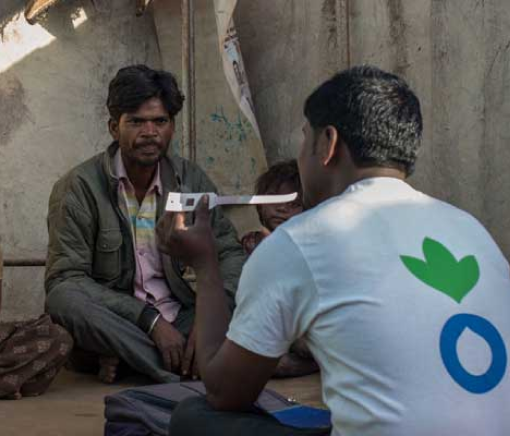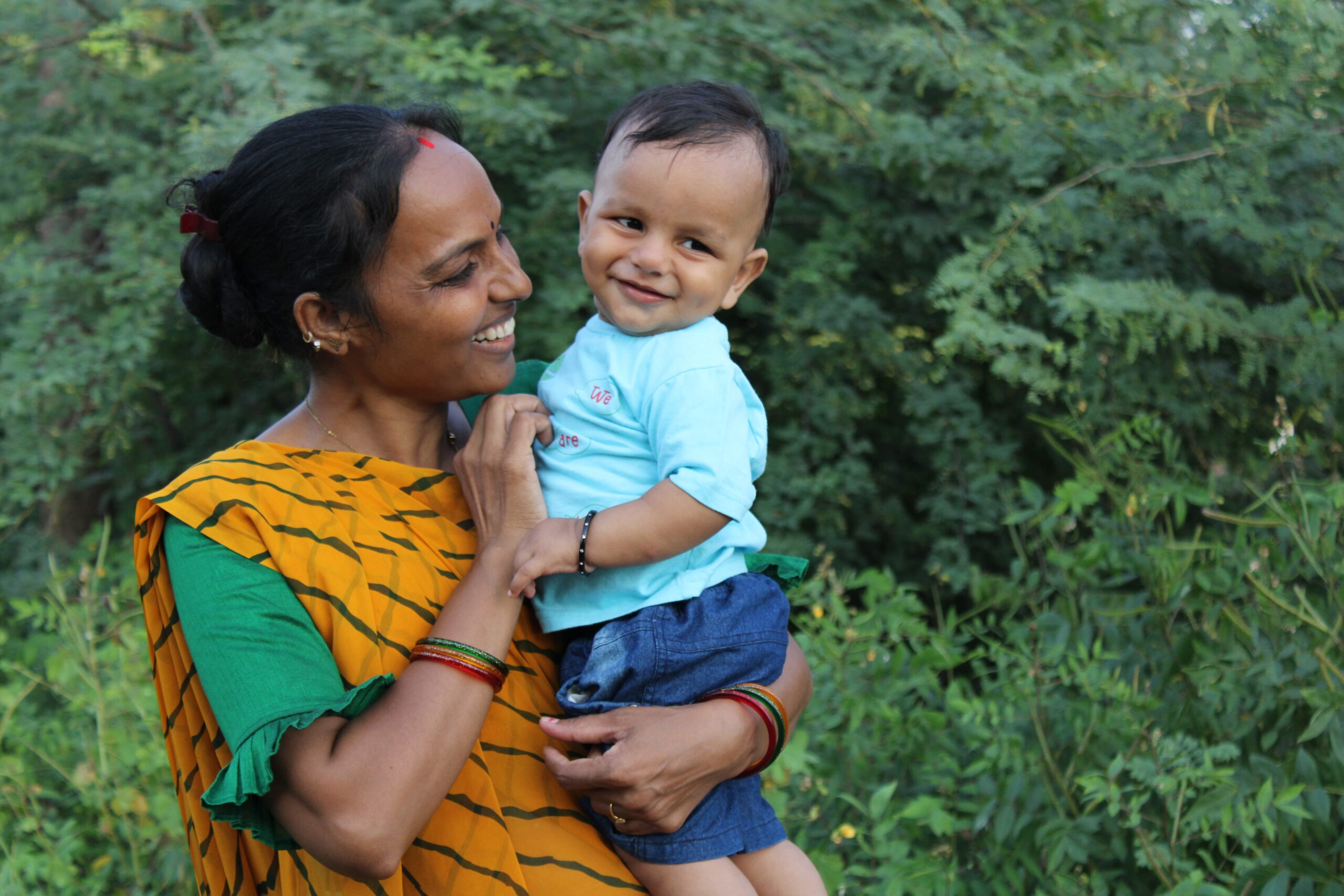There are many deep pockets of Gujarat that suffer with high rates of undernutrition, with over 38.5% of children under six years old estimated to be stunted and 9.5% severely wasted. Anemia among women is at 55% and almost 70% among adolescent girls, neither of which has decreased in the last 10 years.
Several integrated measures were undertaken by the Gujarat Government to prevent and overcome these challenges. While these have seen positive movement in coverage of all nutrition specific interventions, the deeper, secluded areas often
To reach these vulnerable areas effectively, CARE and Action Against Hunger (AAH) will support the Government of Gujarat, through the Gujarat Nutrition Program by increasing the demand for nutrition services in communities and supporting the government’s frontline workers and functionaries in providing quality health and nutrition services.
The program will work in depth in two high-burden districts of Gujarat – Bhavnagar, and Sabarkantha and further extend to the other adjoining districts. Over a five-year period, it is estimated that the project will reach about 550,000 children under 6 and 45,000 pregnant and 350,000 lactating women in the two districts.
